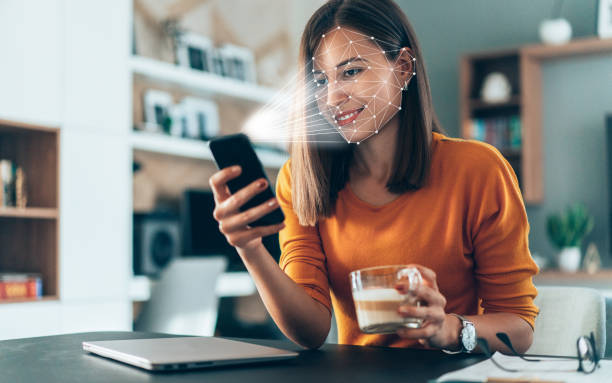Ethical Considerations in Facial Recognition Technology: Balancing Privacy

Facial Recognition Technology
It’s a biometric system that verifies identity by comparing facial characteristics with listed information. It determines whether a person’s face corresponds to the facial template linked to their identity. Certain regulations and safety measures are necessary to ensure the appropriate and secure use of this technology. The eyes, nose, mouth, and chin are the facial features that are most constantly uprooted. These films are grounded in how analogous they are. Identity verification is fulfilled using this kind of verification.
Table of Contents
How Does Facial Recognition Technology Work?
The quality of the prints or videos that are being anatomized can have an impact on face verification’s capacity to identify suspects. Machine literacy methods have expanded, and online facial recognition algorithms have gotten better in recent times. By using face verification, law enforcement can reduce theft and miscalculations.
The following issues may affect delicacy
Image Excellence
The delicacy of recognition can be significantly impacted by poor lighting or low- resolution prints.
Age and Physical Transformations
Accurate recognition may be impacted by ageing or major changes in appearance over time, particularly in long-term studies.
Several Facial Recognition Algorithms
It has revealed biases that increase incorrect rates in specific gender groupings. Race and gender bliss.
Pose Variations
When the training data lacks a diversity of poses, face verification from various perspectives or orientations can be more difficult.
Negative and False-Positive Results
The overall accuracy may be impacted if an innocent individual is wrongly labelled as a suspect and the perpetrator is declared innocent.
Uses of Facial Recognition Technology
A face identification system can be used in various applications to verify fraud or any criminal activity. It is used in many applications and sectors for security purposes to control criminal or territorial activity.
Cybersecurity
Companies that use face scanning technology to identify new accounts and new people on an online platform control theft and spam in their companies. It prevents risky and suspicious account activity.
Airport and Border Control
Airports, boarding passes, and border control use face recognition systems to verify travellers and teams. This improves security and reduces wait times.
Banking
The banking sector uses face recognition technology to identify new customers, online transactions, and checkouts to register for approving payments.
Healthcare
Facial recognition technology is used in healthcare sectors to record all the entries of patients and streamline processes in a healthcare facility.
Face detection services by Law Enforcement
To ensure the safe storage and protection of biometric data, particularly the facial biometrics used in face recognition services, law enforcement authorities put security measures in place. Normally, the data is kept in locations with stringent access controls and high levels of security. Oftentimes, biometric data is encrypted while being stored and sent. The information is erased or anonymized once it is no longer required. It lessens the chance of exposure and possible abuse.
In addition, law enforcement agencies use third-party vendors or contractors for facial recognition technology, and these relationships are governed by tight contracts and agreements that guarantee the appropriate use and security of data by those third parties. Regular security audits and assessments aid in finding mistakes, forgeries, or criminal behavior. Stronger security measures are possible.
Applications that Support Facial Recognition Systems
A range of applications, from personal gadgets to specialized systems, can use face recognition technologies.
Smartphones and Tablets
Many contemporary technologies come with face verification capabilities, such as biometric authentication, to individually and securely access devices and applications. Some laptops and desktops come equipped with webcams that can be used for AI face recognition, face unlocking, and log-in.
ATMs and Payment Terminals
To offer an extra measure of protection to transactions, certain ATMs and payment terminals have face verification built in.
Summary
There are benefits to using facial verification technology in law enforcement. It may be an effective tool for fostering morals and accountability. Face verification is the most flexible identification method for enhancing security and public safety. Biometric face recognition enhances the efficiency of law enforcement by enabling real-time monitoring. It is a rapid, effective, and convenient technique to find fraudulent activity. It is a simple method for online identity verification and border control. Tokens, ID cards, or PIN cards are not required in order to enter. When the verification system is used for easy access, no passwords, pins, or physical tokens are required.





